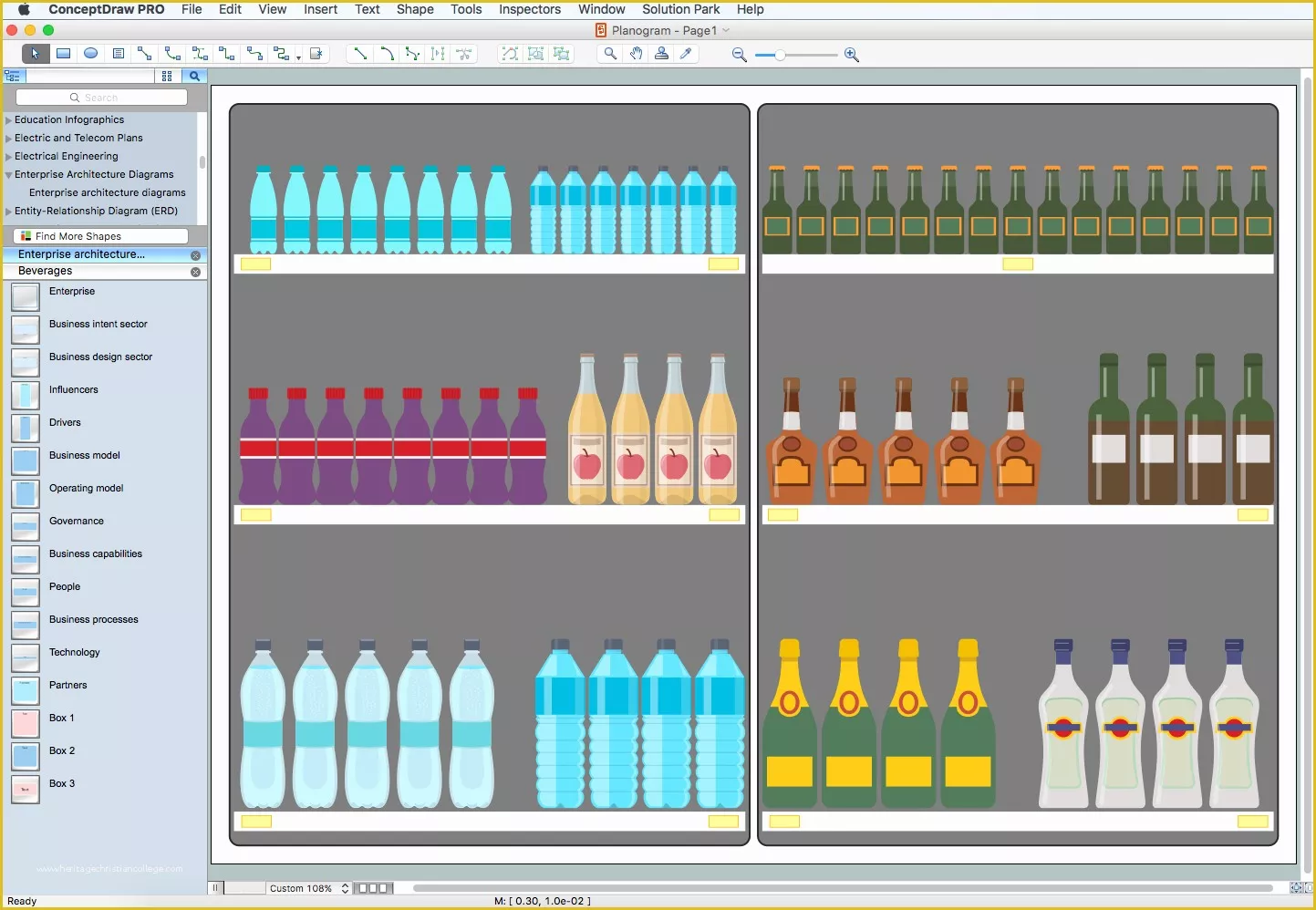
Having the right products in the optimal locations can lift sales. This planning is critical to sales performance. Planograms also help retailers decide where a product will fit on a certain set of shelves and improve product pairing suggestions. Smaller stores with limited space and fewer products may use a less comprehensive POG to maximize the space they have to work with. They use POGs not only to improve visual appeal but also to create consistency between locations. Large retail chains and grocery stores with many products and product categories have a lot of space to fill. Attractively presenting a store’s offerings is crucial in motivating your customers to buy. Planograms ensure that proper thought and planning go into the design and execution of your merchandising plans. Humans process images far more quickly than text. The importance of visual displays cannot be underestimated. It also includes relevant fixturing and point of sale materials to help the shoppers locate and select products.įrom national retailers to small shops, the goal of a planogram is to guide and focus your in-store merchandising efforts and increase customer purchases. Then they get into the details with a map of the store fixtures that shows where specific products are placed in relation to other products. Planograms can include an overhead view with a generalized layout of the store’s aisles, displays and point of sale. This visual merchandising tool often involves detailed drawings or schematics. Planograms designate the placement of products on shelves and other merchandising fixtures for the purpose of driving sales. The meaning of POG is plan-o-grams or, more commonly, planograms.

What Does POG Stand for in Merchandising? How Can I Develop My POG Strategy With Great Northern Instore?.




 0 kommentar(er)
0 kommentar(er)
